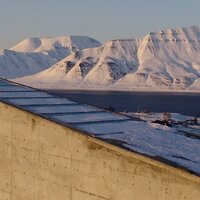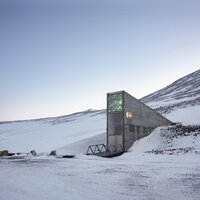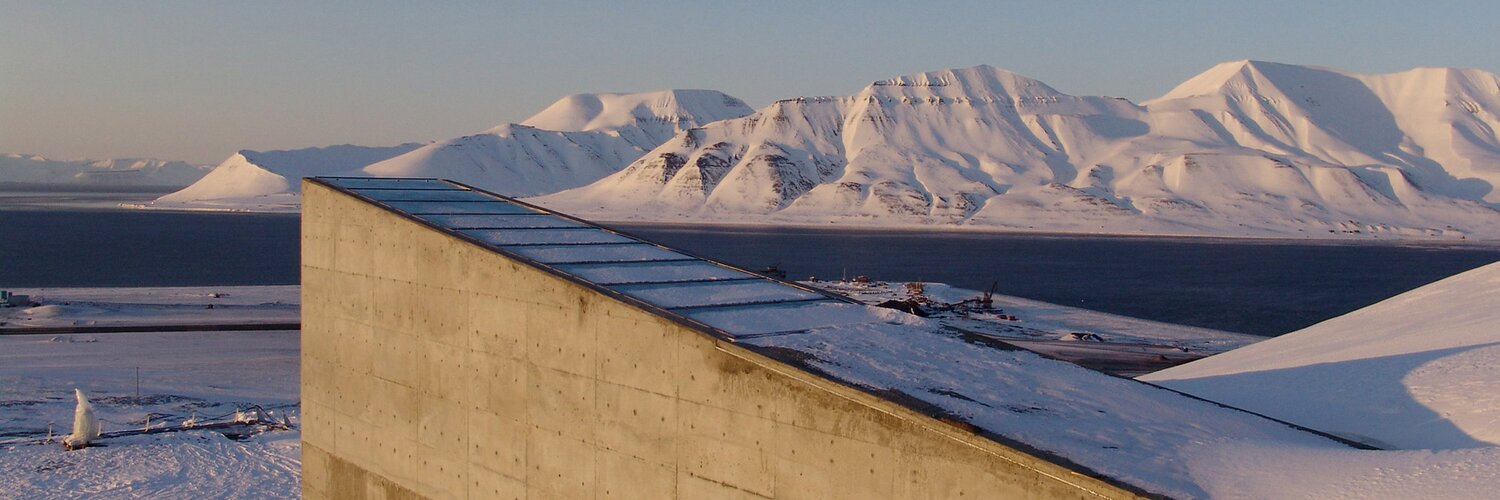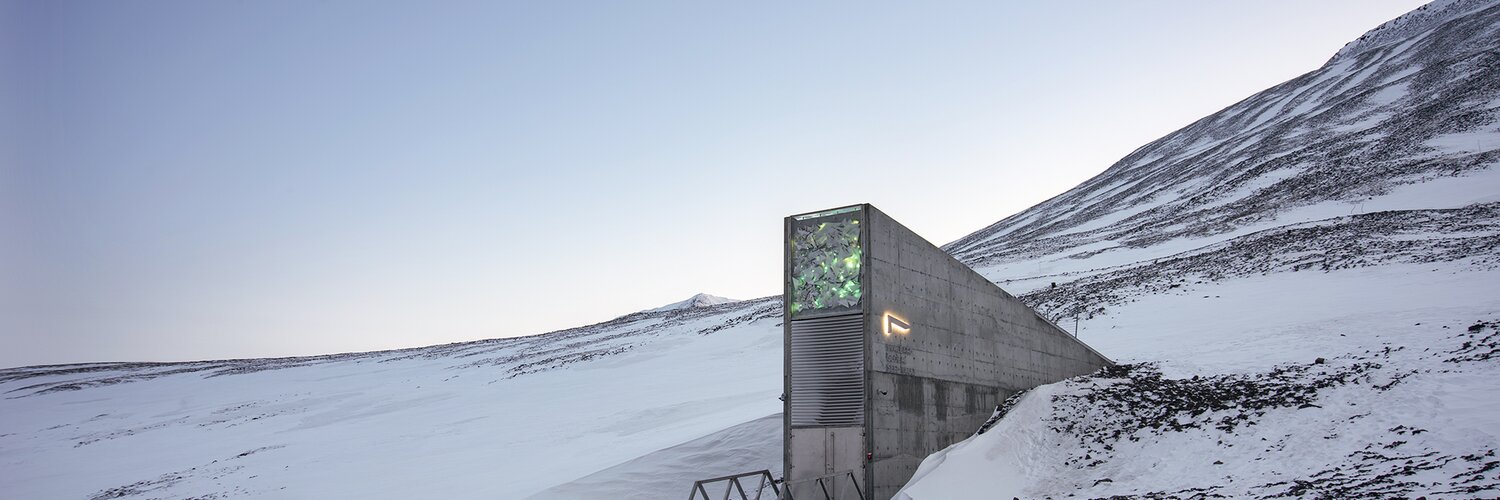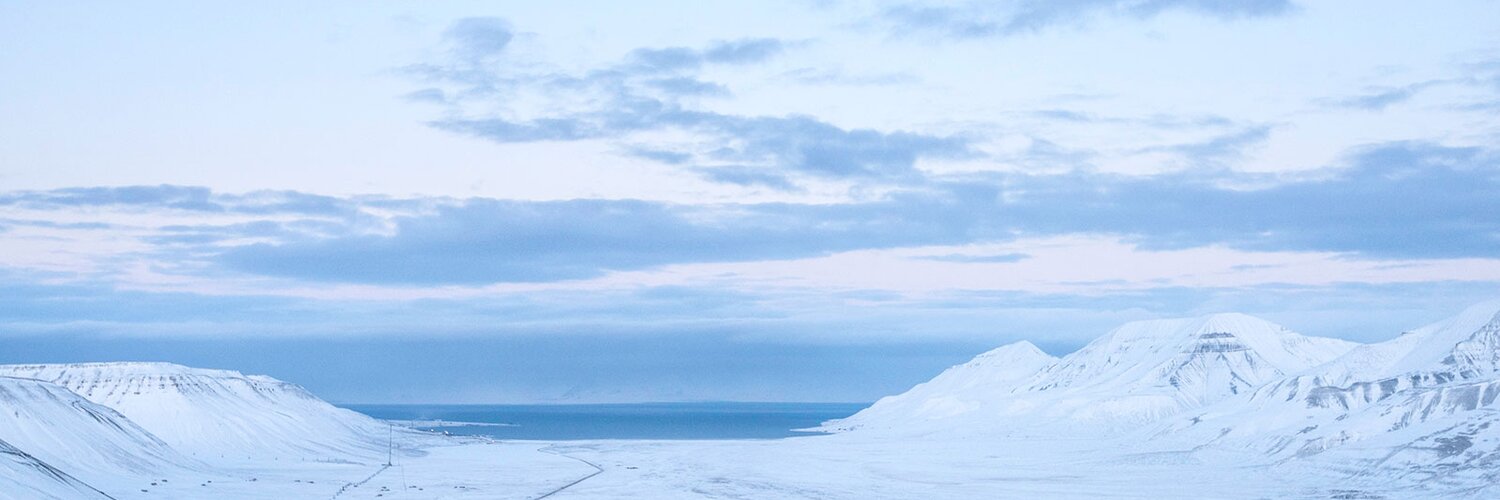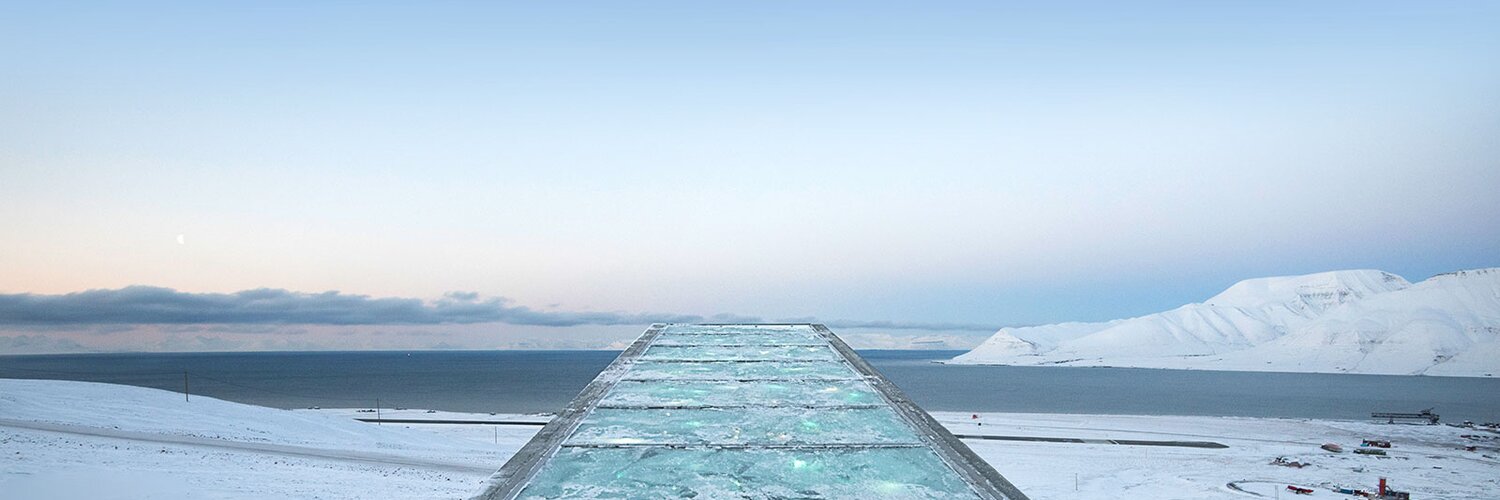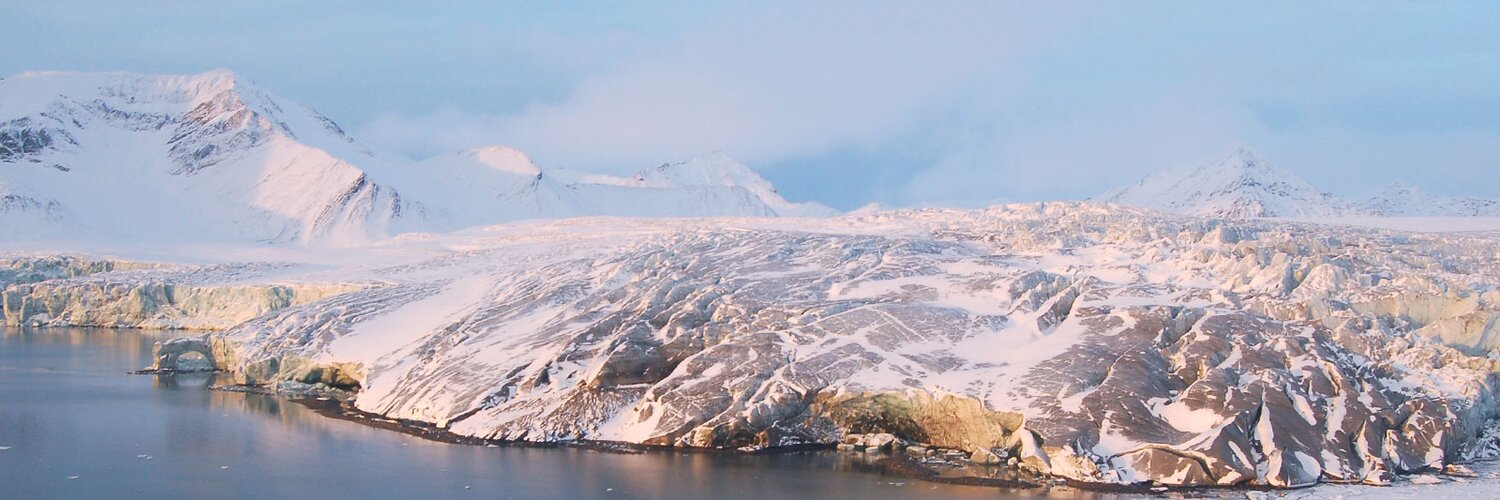Svalbard Global Seed Vault
The Seed Vault safeguards duplicates of 1,301,397 seed samples from almost every country globally, with room for millions more. Its purpose is to back up genebank collections to secure the foundation of our future food supply.
Can't travel to the Arctic to see the Seed Vault? No worries. You can now 'visit' the Seed Vault virtually via Svalbard Global Seed Vault Virtual Tour.

Why do we need a global seed vault?
Worldwide, more than 1,700 genebanks hold collections of food crops for safekeeping, yet many of these are vulnerable, exposed not only to natural catastrophes and war, but also to avoidable disasters, such as lack of funding or poor management. Something as mundane as a poorly functioning freezer can ruin an entire collection. And the loss of a crop variety is as irreversible as the extinction of a dinosaur, animal or any form of life. The Seed Vault stores duplicates (backups) of seed samples from the world’s crop collections as a safeguard against such catastrophic loss.
How does it work?
The Seed Vault is the ultimate insurance policy for the world’s food supply, securing millions of seeds representing every important crop variety available in the world today and offering options for future generations to overcome the challenges of climate change and population growth.
A temperature of −18°C is required for optimal storage of the seeds. Permafrost and thick rock ensure that the seed samples will remain frozen even without power. The seeds are sealed in custom-made three-ply foil packages, which are sealed inside boxes and stored on shelves inside the Seed Vault. The low temperature and moisture levels inside the Seed Vault ensure low metabolic activity, keeping the seeds viable for long periods of time.
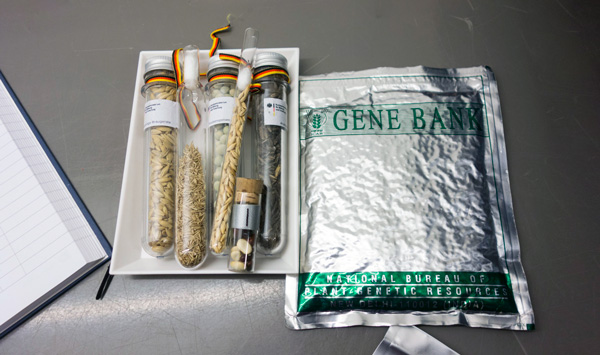
The Svalbard Global Seed Vault is owned by Norway and managed in partnership between the Norwegian Ministry of Agriculture and Food, the regional genebank NordGen and the Crop Trust.
Why Svalbard?
The Seed Vault is in an ideal location for long-term seed storage for several reasons.
The storage
The Seed Vault has the capacity to store 4.5 million varieties of crops. Each packet of seeds consists of an average of 500 seeds, so a maximum of 2.5 billion seeds may be stored in the Seed Vault.
As of May 2024, the Seed Vault holds more than 1.3 million seed varieties originating from almost every country in the world. These range from unique varieties of major African and Asian food staples such as maize, rice, wheat, cowpea and sorghum to European and South American varieties of eggplant, lettuce, barley and potato. The Seed Vault already holds the most diverse collection of food crop seeds in the world.
The Seed Vault's objective is to safeguard as much of the world’s unique crop genetic material as possible while also avoiding unnecessary duplication. It will take some years to assemble because some genebanks need to multiply the stock of seed first, and other seeds need to be regenerated before they can be shipped to Svalbard.
For a complete overview of the samples stored in the Seed Vault,
4.5M
Variety capacity
1,301,397
Samples in the Seed Vault
-18ºC
Temperature required
History
2023
The Seed Vault marked its 15th anniversary in February 2023 and received nearly 20,000 seed samples from 20 genebank depositors, including collections from first-time depositors from Albania, Croatia, North Macedonia, and Benin. A new virtual tour was launched.
2021
Thanks to an update to the Seed Portal, newly deposited seeds could be placed in the same box as the previous year’s deposit for the first time. This will save space for future shipments from the same depositors.
2020
The Cherokee Nation became the first Indigenous group from North America to deposit when it safeguarded the seeds of nine heirloom food crops that predate European colonization.
World leaders met at the Seed Vault in February for a Seed Summit to discuss “Genetic diversity for more resilient food systems”. Meanwhile, the number of seed varieties stored in the Seed Vault surpassed one million out of a total capacity of 4.5 million.
2019
Improvements to the entrance to the Seed Vault were carried out to prevent water leaking in. These included waterproofing the tunnel walls, removing heat sources from the tunnel and digging exterior drainage ditches.
2018
The Seed Vault marked its 10th anniversary in February 2018 by receiving shipments of over 70,000 crop varieties from 23 depositors, bringing the total number of seed varieties received to more than one million (not counting withdrawals).
2015
As a result of the Syrian civil war, the International Center for Agricultural Research in the Dry Areas (ICARDA) was unable to maintain its Syrian genebank and made the first-ever withdrawal of seeds from the Seed Vault to regenerate and store those seeds in active collections in Lebanon and Morocco.
2013
Approximately one-third of the crop diversity stored in genebanks globally (by genera) was represented at the Seed Vault.
2008
The Seed Vault opened as a partnership between the Ministry of Agriculture and Food of the Government of Norway, the Nordic Genetic Resource Center (NordGen), and the Crop Trust. Time Magazine named the Seed Vault the sixth-best invention of 2008.
2004
A research group including former Crop Trust Executive Director Cary Fowler, CGIAR, the Agricultural University of Norway and NordGen conducted a feasibility study and concluded that Svalbard was an appropriate location for long-term seed storage.
Who can take the seeds out?
The seed boxes are stored under “black-box conditions,” meaning the depositors are the only ones who can withdraw their own seeds. When seeds are deposited in the Svalbard Global Seed Vault, their legal ownership is not transferred. This means that a depositor who chooses to store seeds in the Seed Vault is still the owner of the seeds and the only one who can withdraw them from the Seed Vault.
FAQs
What is the Svalbard Global Seed Vault?
The Svalbard Global Seed Vault provides insurance against both incremental and catastrophic loss of crop diversity held in traditional genebanks around the world. The Seed Vault offers long-term protection for one of the most important natural resources onearth.
What groups are involved in the Svalbard Global Seed Vault?
The Seed Vault is owned and administered by the Ministry of Agriculture and Food on behalf of the Kingdom of Norway and is established as a service to the world community. The Global Crop Diversity Trust provides support for the ongoing operations of the Seed Vault, as well as funding for the preparation and shipment of seeds from developing countries to the facility. The Nordic Genetic Resources Center (NordGen) operates the facility and maintains a public online databaseof samples stored in the seed vault. An International Advisory Council oversees the management and operations of the Seed Vault.
Why Svalbard?
Svalbard was chosen for several reasons. Its cold climate and permafrost make the area a perfect location for underground cold storage. The surrounding sandstone is stable for building and is low in radiation. In terms of security, Svalbard scores high marks compared to the locations of many other genebanks in the world. The infrastructure is good, with daily flights and a reliable source of energy from local coal supplies. The vault is located an extraordinary 120 meters (393.7 feet) into the rock, ensuring that the vault rooms will remain naturally frozen even in the event of failure of the mechanical cooling system and rising external air temperatures due to climate change.
Our Partners




